Picture this: it’s three in the morning, and your usually calm tabby is racing through the hallway like they’ve been possessed by some supernatural force. You stumble to the window and there it is – a brilliant full moon casting silver light across your yard. Coincidence? Many cat owners would tell you absolutely not.
While folklore has long linked cats to the mystical power of the moon, modern science is starting to reveal some intriguing connections between lunar cycles and feline behavior. From increased emergency room visits to heightened nocturnal activity, our feline friends seem to respond to the moon’s phases in ways that go beyond mere superstition. So let’s dive into the fascinating world where ancient myths meet modern research.
The Science Behind Lunar Cat Behavior
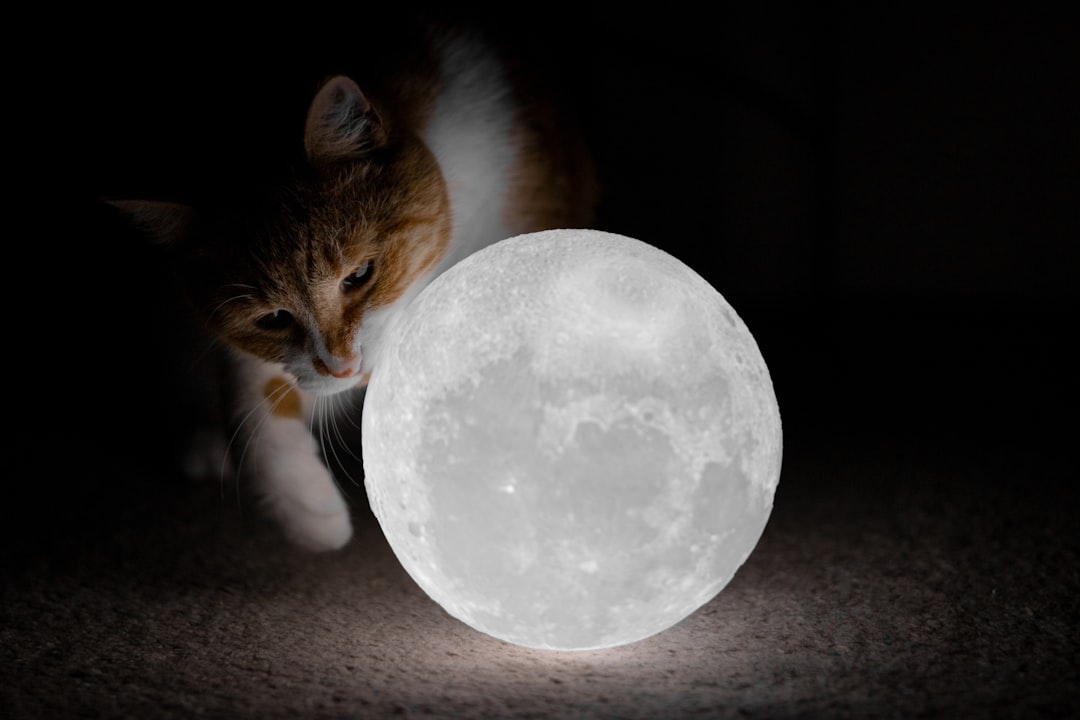
Research has uncovered compelling evidence that cats do indeed behave differently during certain lunar phases. A large Colorado State University study of nearly 12,000 emergency vet cases found that cat emergency visits jumped 23% around full moons. The study identified a significant increase in emergencies for dogs and cats on fuller moon days (waxing gibbous to waning gibbous), compared with all other days.
Though the exact mechanisms remain unclear, there’s a growing sense that cats really do pick up on full moon vibes, with their sharp senses, especially sight and hearing, making them ultra-aware of the world shifting around them. The statistical evidence suggests something more than coincidence is at play when our feline companions act strangely during these celestial events.
How Moonlight Affects Your Cat’s Natural Instincts

A full moon’s extra brightness can confuse your cat’s sleep cycle, making them more restless and active during nighttime hours. This brightness taps into their ancestral hunting patterns in unexpected ways. The moon’s light can affect a cat’s hunting instincts, making them more alert at night.
Cats may exhibit heightened levels of activity during the full moon due to increased nocturnal illumination, influencing their natural predatory behaviors, with some studies and anecdotal reports suggesting cats become more vocal, restless, or agitated , possibly due to the enhanced brightness of the night. Think of it as their internal GPS system getting recalibrated by nature’s brightest nightlight.
Emergency Room Statistics Tell a Story
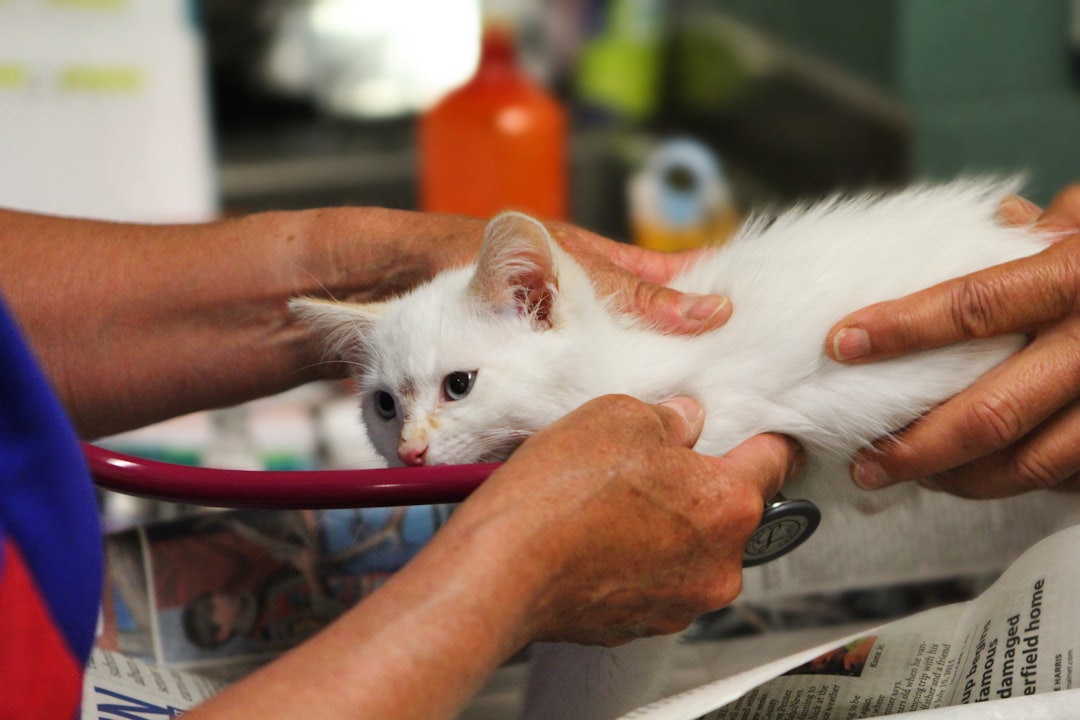
The numbers are striking when you look at veterinary emergency data. There was a mean of 0.71 emergencies per day on fuller moon days and 0.58 emergencies per day on other days in cats, while in dogs, a mean of 2.68 emergencies per day on fuller moon days and 2.09 emergencies per day on other days was observed. The risk of emergencies on fuller moon days, compared with other days, was 23% greater in cats and 28% greater in dogs.
Interestingly, the type of emergency was not associated with the full moon in either dogs or cats. The university’s Veterinary Medical Center’s critical care unit may see a few cats and a few dogs on a night without a full moon, and data showed an increase by about one cat or one dog during fuller moon days, with data not indicating an increase in aggressive behavior in pets .
The Crepuscular Connection
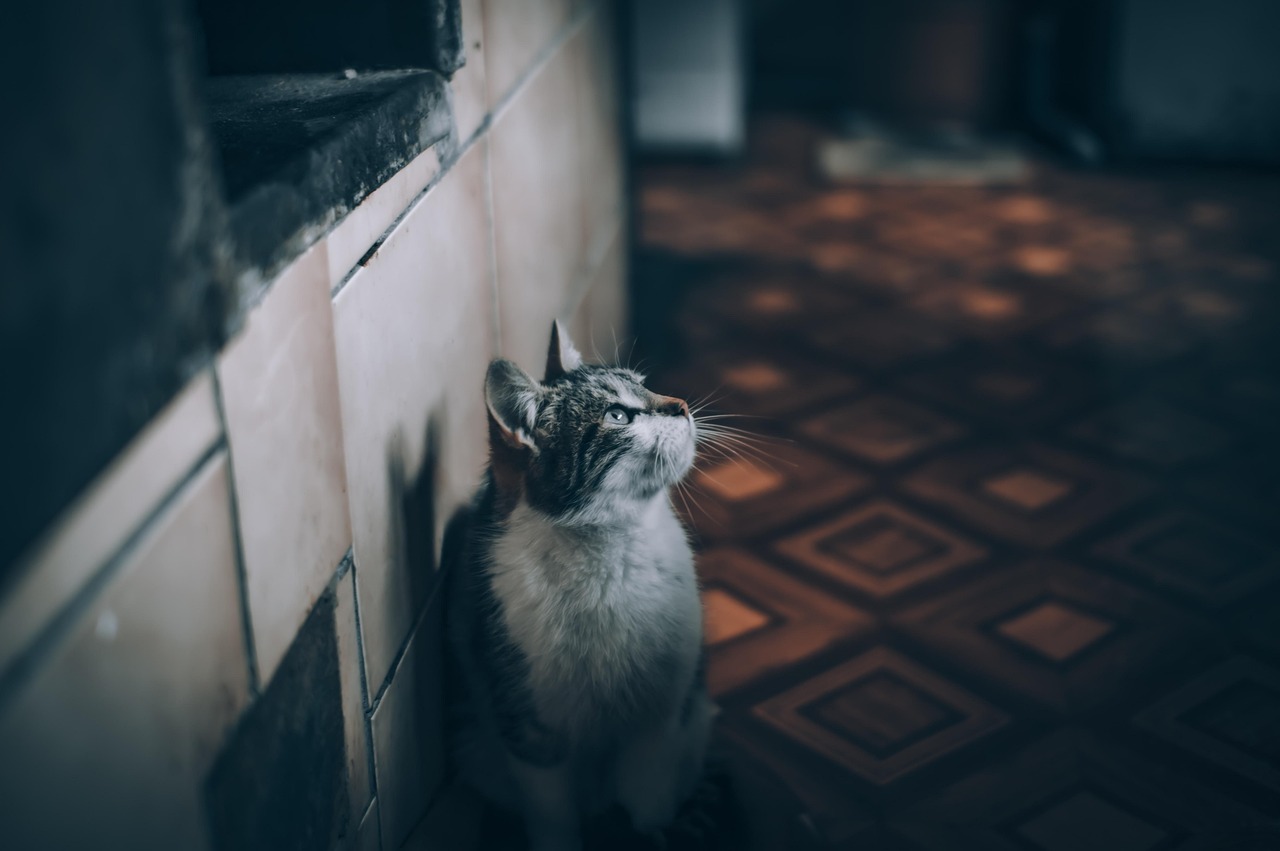
Understanding your cat’s natural activity patterns helps explain lunar behavior changes. Cats are most active in hunting and exploration at dusk and dawn (this is known as crepuscular behavior), which is the most natural time for cats to be active. This biological category describes animals whose peak hours of activity occur at dawn and dusk, with crepuscular behavior evolving for various reasons including optimal hunting conditions, prey availability, and predator avoidance.
Cats are crepuscular animals, meaning they’re most active during twilight hours. When a full moon extends this twilight-like illumination throughout the night, it can trigger these deep-seated behavioral patterns, essentially tricking your cat’s internal clock into thinking it’s prime hunting time.
Behavioral Changes Cat Owners Report
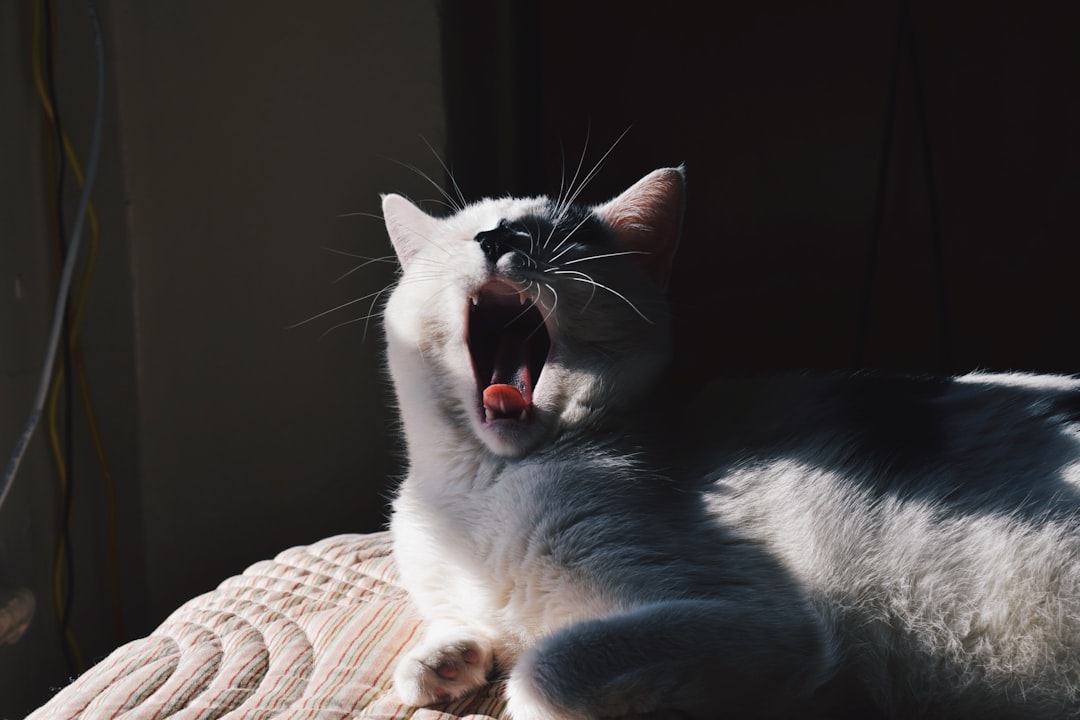
, cats might suddenly change into a wild ball of energy, with behaviors like late-night zoomies, nonstop meowing, and staring out windows like they’re on a mission tending to crank up, with some cats even changing their sleep schedule, getting extra sensitive to touch, or seeming hungrier or pickier than usual.
Some cat owners report heightened vocalization or territorial behavior during lunar cycles, with anecdotal observations including excessive meowing or heightened restlessness . Many describe their normally sedate pets becoming almost hyperactive, as if someone flipped an invisible energy switch somewhere in their feline brain.
Indoor Cats vs Outdoor Cats During Full Moons
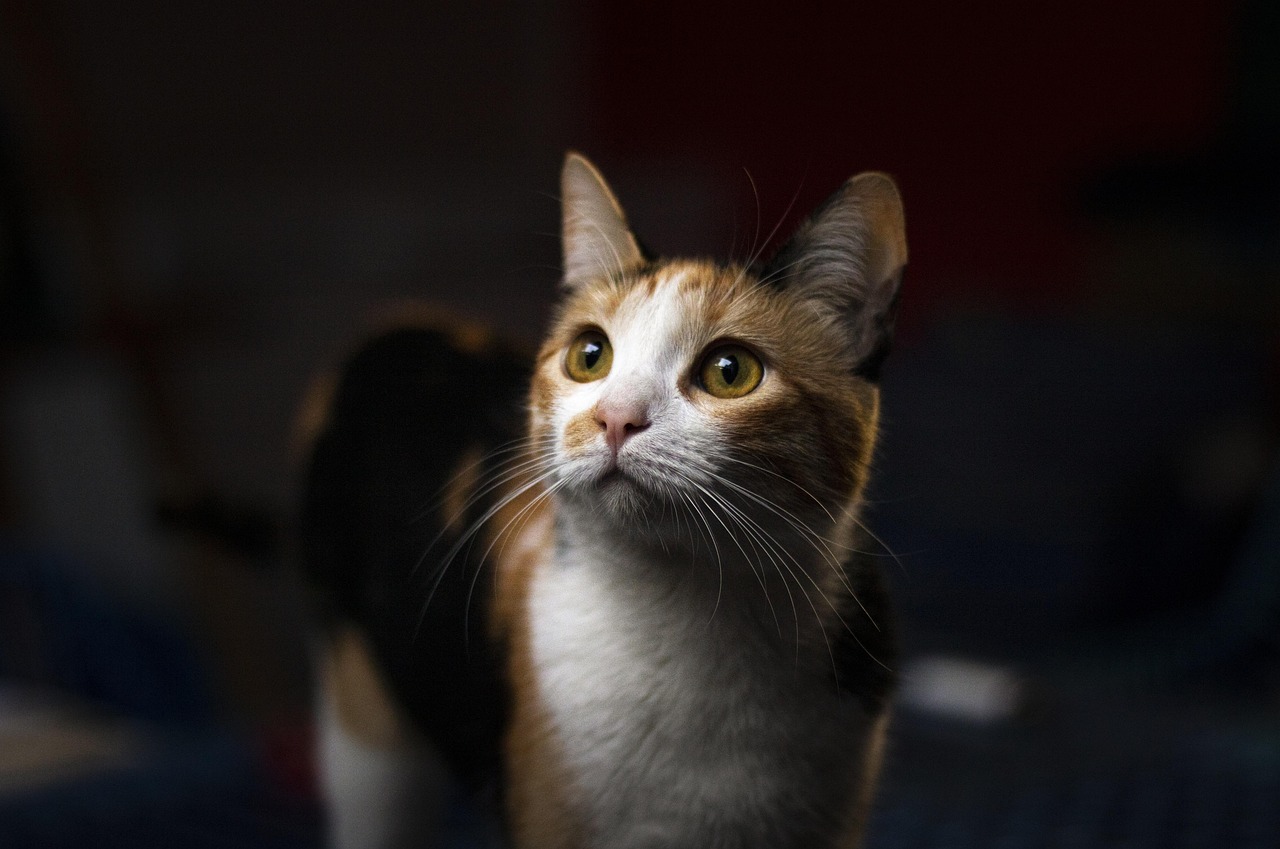
Even without outdoor exposure, indoor cats pick up on the extra moonlight, changes in human behavior, and possibly even subtle changes in the environment, with their sharp senses making them pretty responsive, even from the safety of the living room. The moonlight streaming through windows can be enough to trigger responses in house cats.
Outdoor cats face additional stimulation during full moons. Cats tend to be more curious and active during full moons, which can lead to more escapes, so if your cat goes outside, double-check gates, doors, or windows during these nights, especially if they’ve wandered before. There have been occasions when cats have returned very late or not at all until the next morning, with some owners noticing this pattern coinciding with the full moon shining brightly.
The Role of Human Perception and Confirmation Bias

It might just be that you notice more about your surroundings , as your pet could be acting wacky on other nights too, but you just perceive them more because you are looking out for anything weird to happen, with people noticing animal activity more on fuller moon nights.
If people are awake later or more active around the full moon, it’s possible that they’re paying better attention to their cat’s nocturnal behaviors – behaviors that they usually sleep through, which could explain the perception that the full moon affects cats differently and the rise in emergency clinic visits, with confirmation bias also playing a role as owners who believe the moon affects moods and behaviors are more likely to see a change in their cat.
What the Skeptics Say
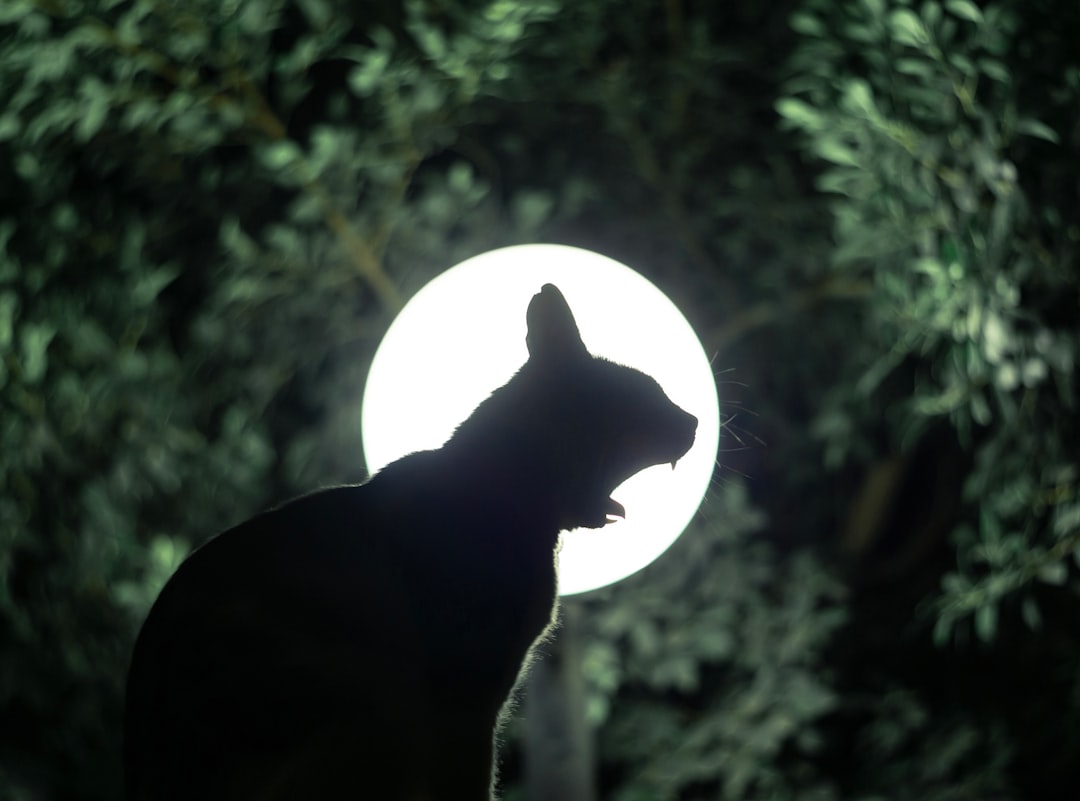
Studies conducted on various species, including domestic animals, have found little to no evidence to support the idea that the full moon affects their behavior in any meaningful way, with much of the scientific community harboring doubt regarding the notion that the full moon exerts any substantial influence on animal behavior.
While the idea that the full moon can affect cats is intriguing, no scientific evidence supports this claim, with some owners noticing a change in behavior around the full moon, but other cats showing no difference. The scientific community remains divided, with some researchers suggesting that observed changes might be purely coincidental or influenced by human behavior patterns rather than lunar forces.
Tips for Managing Your Cat During Full Moon Periods
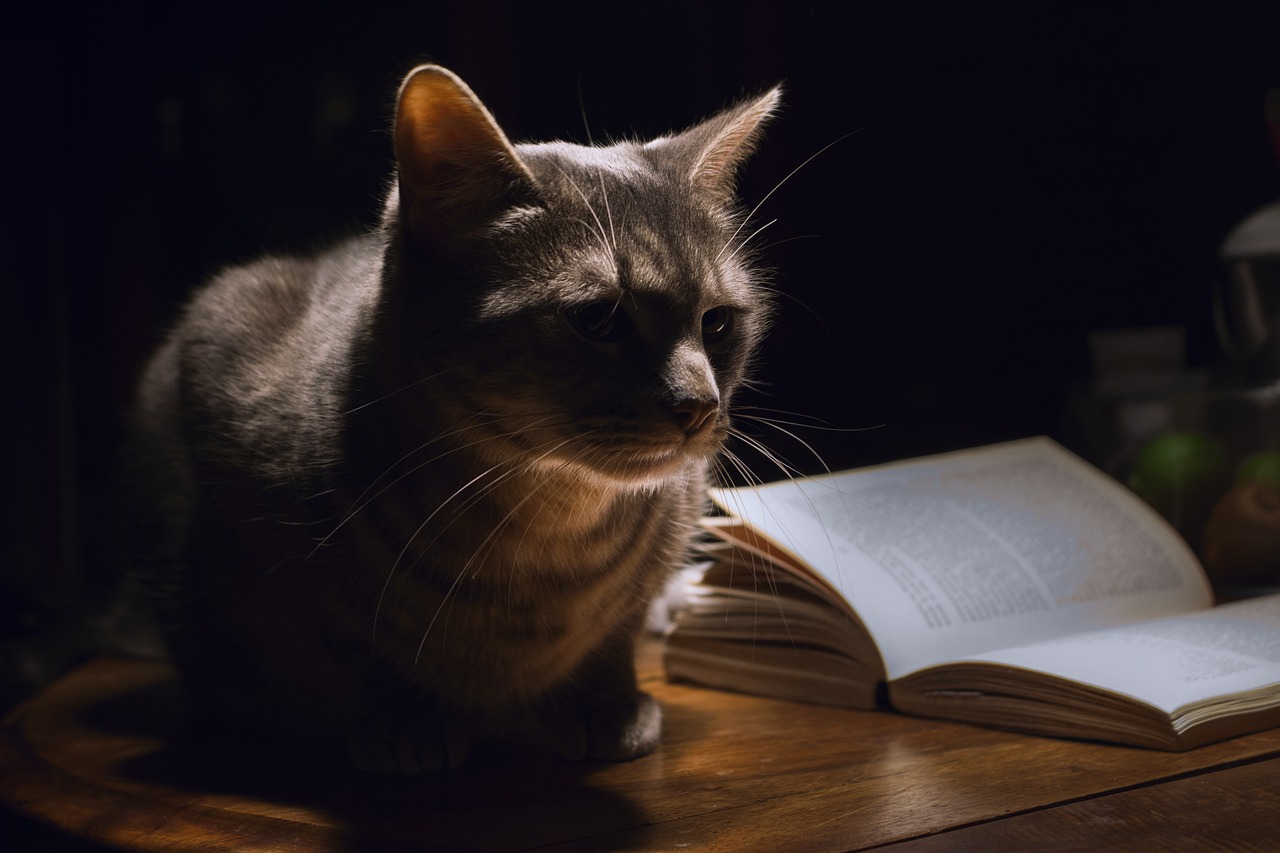
One of the primary safety tips for cat owners during the full moon is to keep their pets indoors, as this precaution helps to mitigate the risks associated with increased nocturnal activity and restlessness, such as potential accidents or encounters with wildlife. Keeping cats indoors during the full moon can ensure their safety, especially if they appear more restless or active, while tracking the lunar cycle may also help owners anticipate and understand any unusual behavior in their feline friends.
Consider adjusting your cat’s routine during these periods. The extra energy and arousal during full moons can make cats more irritable, which may lead to spats with housemates, so giving each pet space and providing extra stimulation through play can help keep the peace. Engaging in more intensive play sessions during the day might help tire them out before the lunar energy kicks in at night.
When to Be Concerned About Your Cat’s Behavior
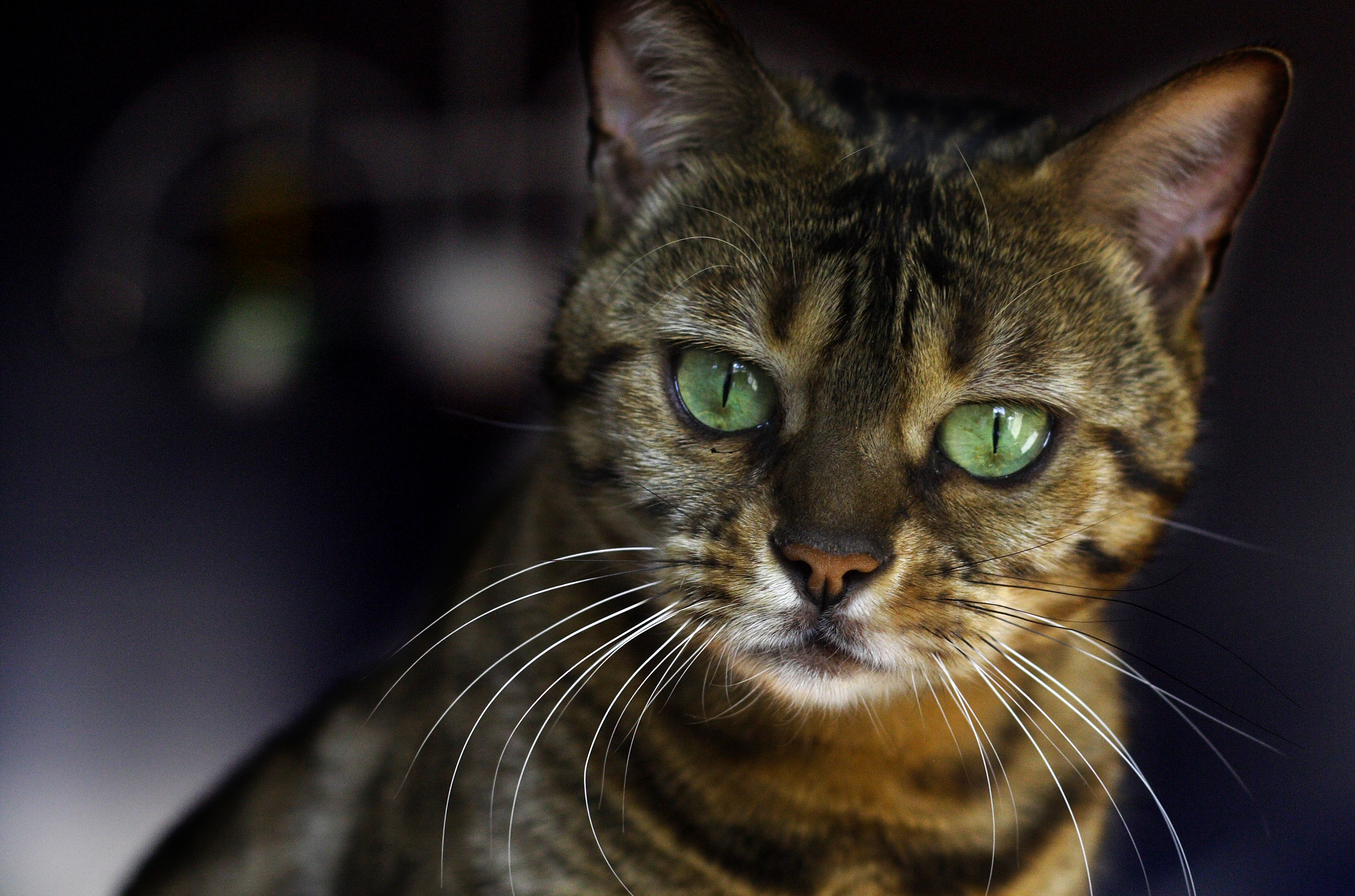
While some lunar-influenced behavior changes are normal, dramatic shifts warrant attention. While it’s normal for cats to be more active during certain times, sudden changes in their sleep patterns or behavior could indicate an underlying issue, with excessive nighttime activity, vocalizations, or restlessness potentially stemming from health conditions such as hyperthyroidism, cognitive dysfunction syndrome in older cats, or pain or discomfort.
If your cat has always slept all night and only recently has begun to keep you up, there may be a more serious problem, so if you do not find anything wrong in the environment, have your cat examined by your veterinarian, as many treatable conditions can contribute to the development of restless behavior, including pain or hyperthyroidism. Trust your instincts – you know your cat better than anyone else.
Conclusion
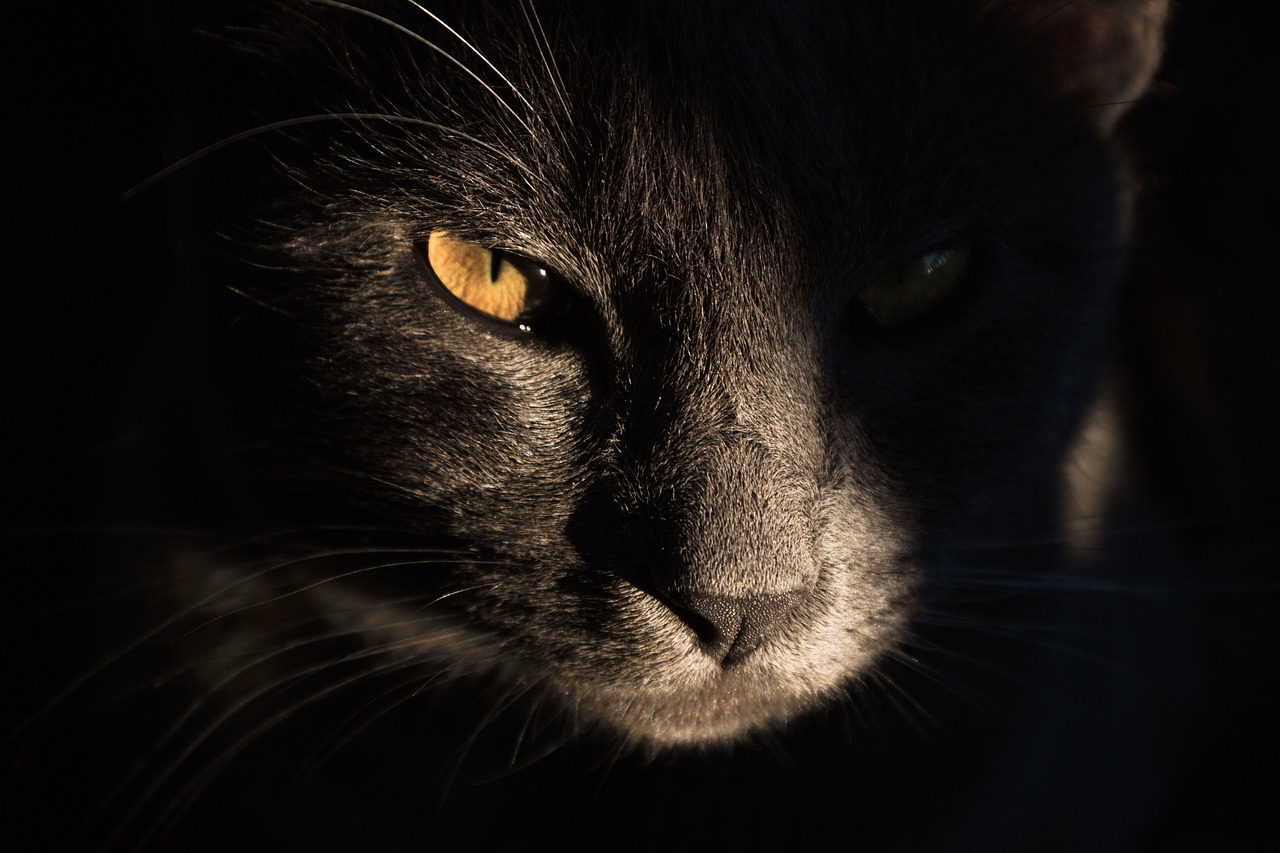
The relationship between cats and the full moon remains one of those delightful mysteries that bridges ancient folklore with modern scientific inquiry. While research shows statistical increases in emergency visits and anecdotal evidence supports behavioral changes, the exact mechanisms remain elusive. Whether it’s the increased brightness affecting their crepuscular instincts, subtle environmental changes they’re more sensitive to detecting, or simply our own heightened awareness during these celestial events, one thing is clear: our feline companions continue to surprise us with their complex responses to the world around them.
Perhaps the magic isn’t in definitively proving or disproving the lunar connection, but in the deeper bond it creates between us and our cats as we observe and respond to their needs during these moonlit nights. Have you noticed your own cat acting differently during full moons? What patterns have you observed in their behavior?





